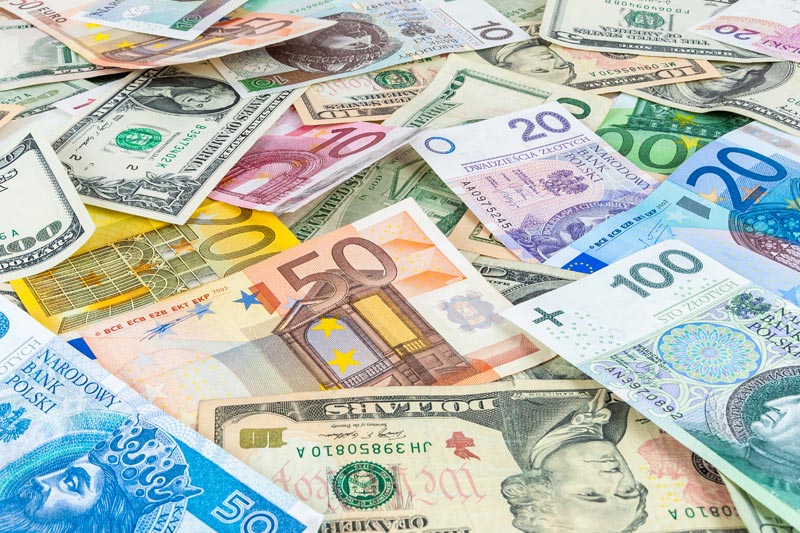Investing.com - The Australian dollar traded higher against its U.S. counterpart during Friday’s Asian session as some slack jobs data out of the word’s largest economy weighed on the greenback.
In Asian trading Friday, AUD/USD rose 0.18% to 0.9263. The pair was likely to find support at 0.9036, the low of July 15 and resistance at 0.9318, Wednesday's high.
In U.S. economic news out Thursday, the U.S. Labor Department said initial claims for jobless benefits rose by 7,000 to 343,000 last week. Economists expected a reading of 340,000 new claims. The unemployment rate among people eligible for benefits dropped to 2.3 percent in the week ended July 13 from 2.4 percent the prior week, according to Bloomberg.
Durable goods orders jumped 4.2% in June after a revised 5.2% increase in May. Analysts expected an increase of just 1.4%.
Core durable goods orders, which exclude volatile transportation items, were flat in June, missing expectations for a 0.5% increase.
The jobs data in particular allowed the Aussie to gain some steam against the greenback, although upside for the Aussie could be capped as expectations of interest rate cuts are on the rise.
While the Reserve Bank of Australia left rates unchanged at 2.75%, a record low, following its meeting earlier this month, some traders are speculating the slowing Australian economy could force RBA to cut rates again.
Expectations appear firm that even if RBA does not cut rates at its August meeting, it will do so at some point later this year. On the other hand, the weak Aussie could limit RBA’s ability to inflict further downside on rates. The Aussie is the second-worst performing developed market currency in the world this year behind the yen.
Elsewhere, AUD/JPY rose 0.15% to 91.91 while AUD/NZD added 0.21% to 1.1464.
In Asian trading Friday, AUD/USD rose 0.18% to 0.9263. The pair was likely to find support at 0.9036, the low of July 15 and resistance at 0.9318, Wednesday's high.
In U.S. economic news out Thursday, the U.S. Labor Department said initial claims for jobless benefits rose by 7,000 to 343,000 last week. Economists expected a reading of 340,000 new claims. The unemployment rate among people eligible for benefits dropped to 2.3 percent in the week ended July 13 from 2.4 percent the prior week, according to Bloomberg.
Durable goods orders jumped 4.2% in June after a revised 5.2% increase in May. Analysts expected an increase of just 1.4%.
Core durable goods orders, which exclude volatile transportation items, were flat in June, missing expectations for a 0.5% increase.
The jobs data in particular allowed the Aussie to gain some steam against the greenback, although upside for the Aussie could be capped as expectations of interest rate cuts are on the rise.
While the Reserve Bank of Australia left rates unchanged at 2.75%, a record low, following its meeting earlier this month, some traders are speculating the slowing Australian economy could force RBA to cut rates again.
Expectations appear firm that even if RBA does not cut rates at its August meeting, it will do so at some point later this year. On the other hand, the weak Aussie could limit RBA’s ability to inflict further downside on rates. The Aussie is the second-worst performing developed market currency in the world this year behind the yen.
Elsewhere, AUD/JPY rose 0.15% to 91.91 while AUD/NZD added 0.21% to 1.1464.
